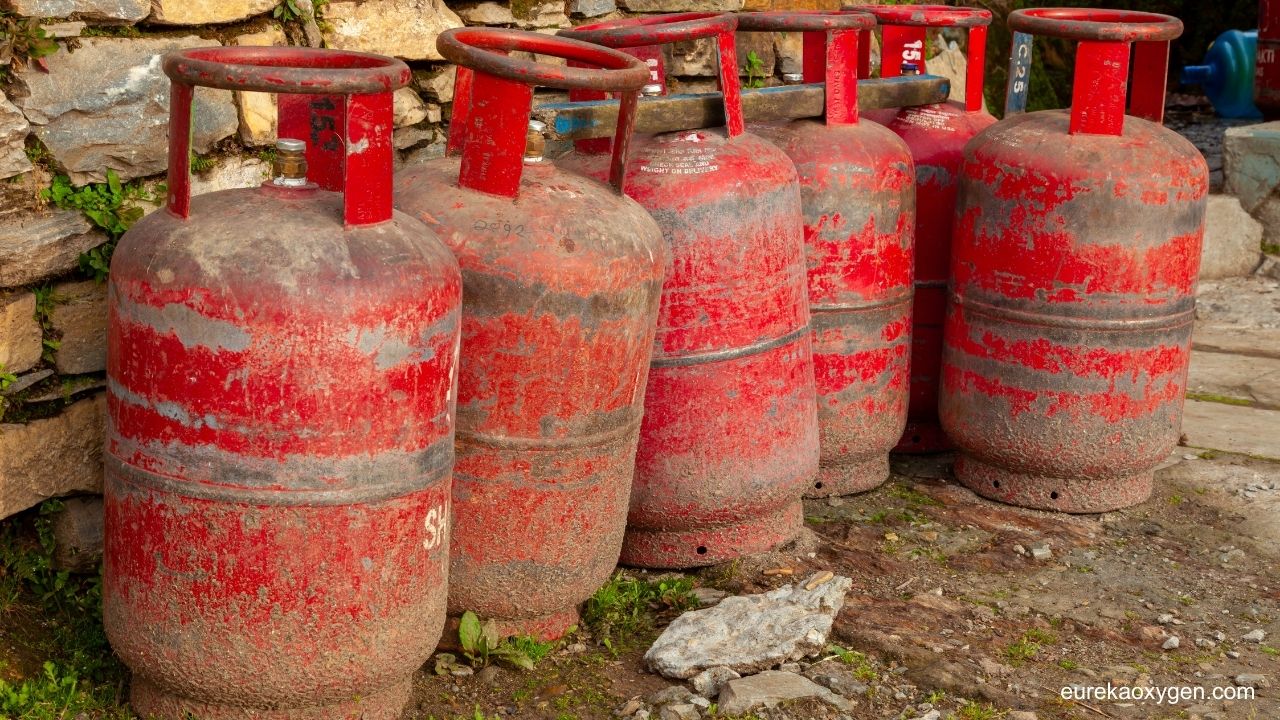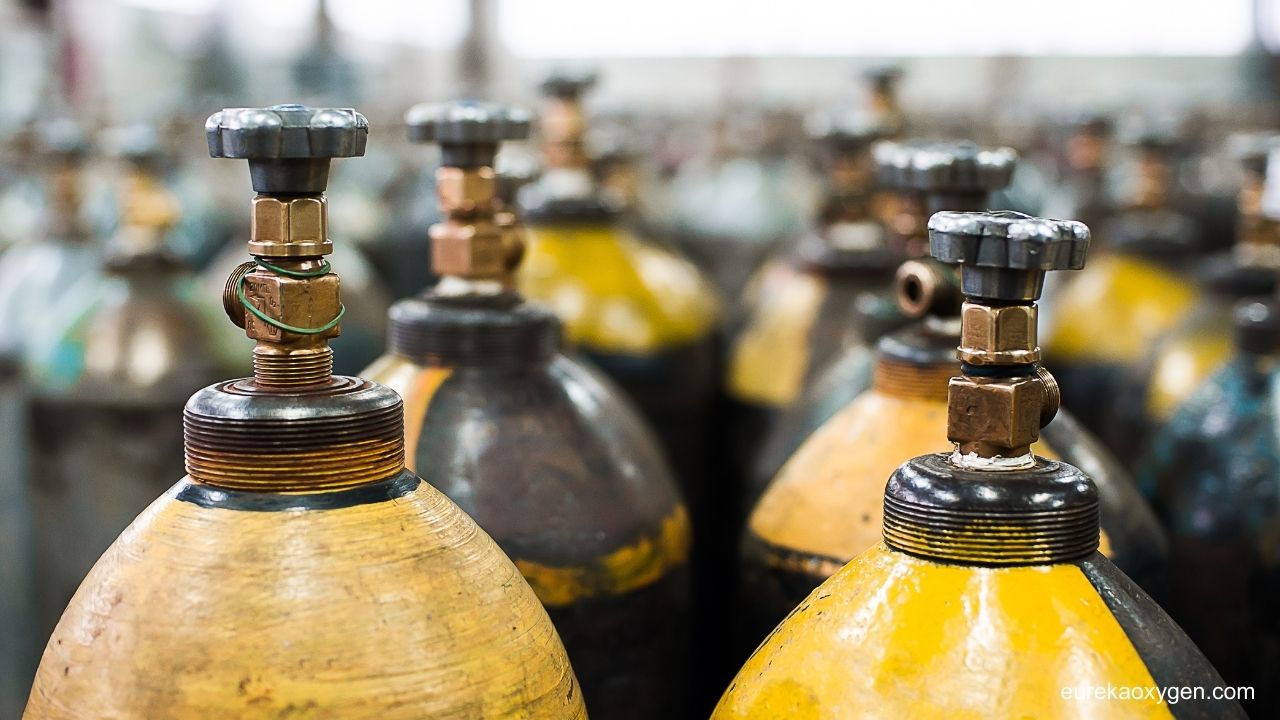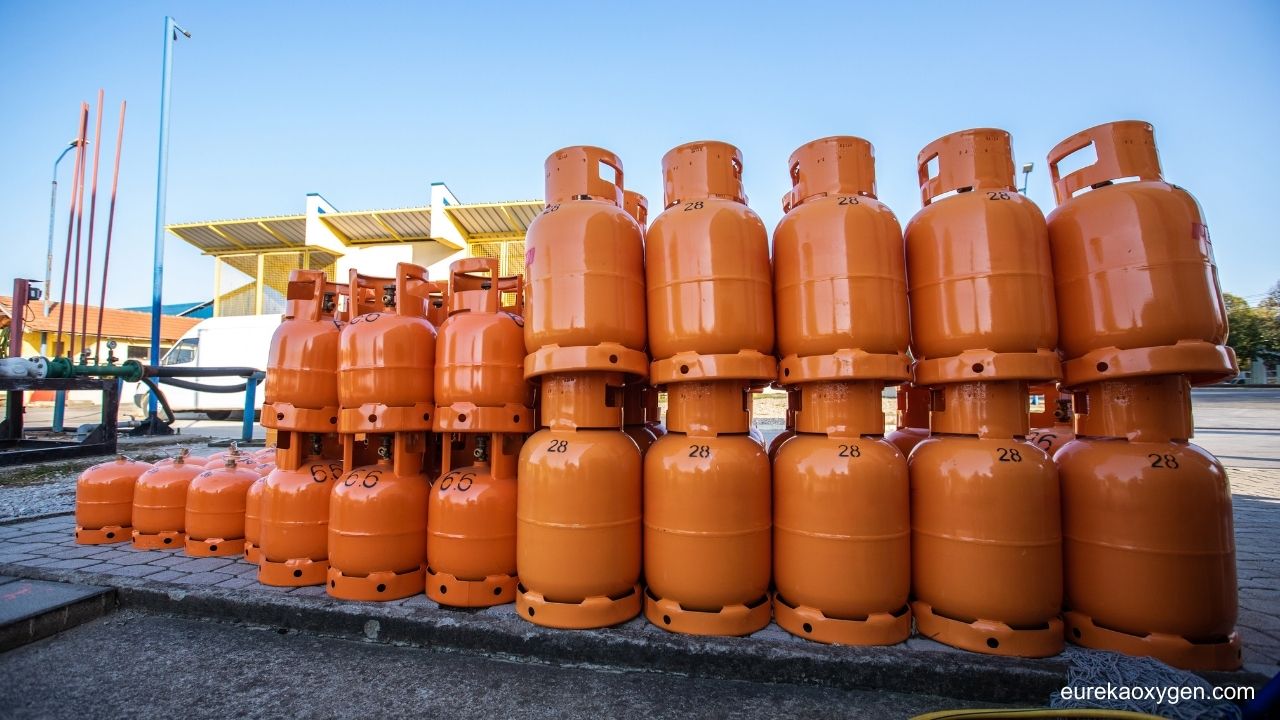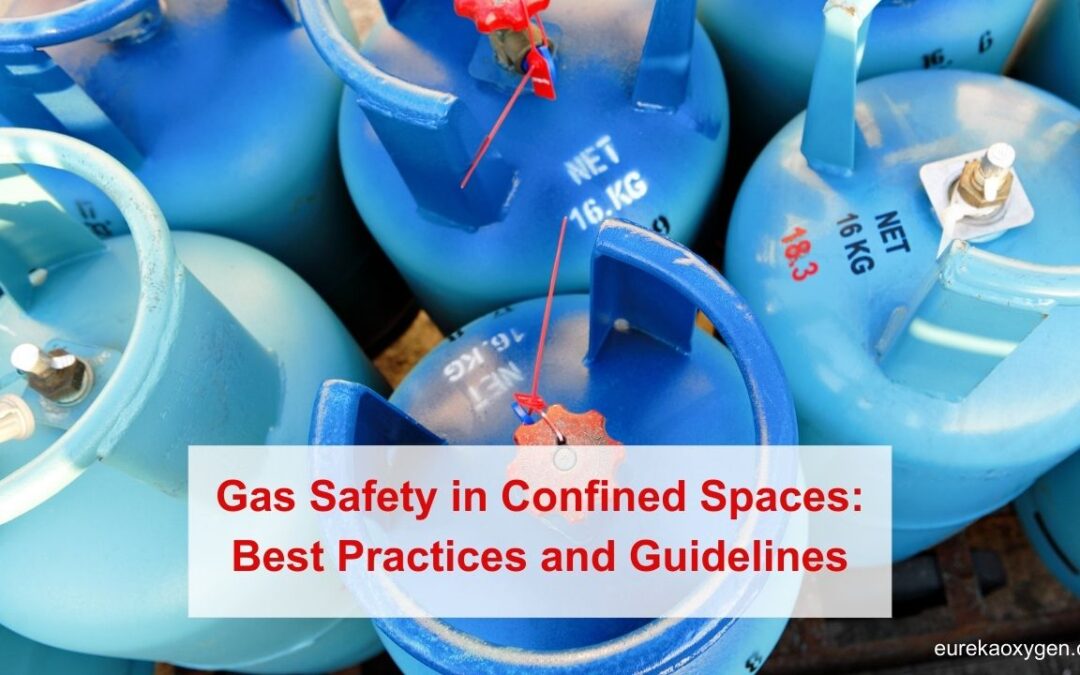Best Practices and Guidelines
The Dangers of Confined Spaces
Working in confined spaces brings serious potential hazards, especially surrounding gas safety. Eureka Oxygen has over 35 years as a supplier of industrial gases and equipment, we want to share key insights on best practices when dealing with gas hazards in confined spaces.
A confined space has limited openings for entry/exit and unfavorable ventilation. Examples are vessels, silos, and pipelines. Lack of air movement means the internal atmosphere can quickly become hazardous. Oxygen levels may drop or toxic and/or flammable gases accumulate.
Specific Gas Hazards
There are a variety of gas hazards that may be encountered in different types of confined spaces:

Monitoring and Ventilation
Thorough testing and monitoring of the air before and during entry of a confined space is critical. All areas – top, middle, bottom – must be checked with properly calibrated gas detectors. Initial testing should evaluate oxygen levels from 19.5-23.5%, flammable gases and vapors, and toxic contaminants. Continuous monitoring is recommended because conditions can change rapidly as work is performed.

Ventilation using fresh outdoor air blown into the space can remove hazards and maintain safe oxygen levels. However, sometimes ventilation can increase flammability by diluting gases into their explosive range. It’s essential to re-test the air after ventilating and before anyone enters.
For spaces that can’t be adequately ventilated, proper respiratory protection is a must. We offer a selection of NIOSH-approved respirators and breathable air tanks tailored for confined space applications. Proper training in use and limitations is also key.
No one should ever enter an untested confined space! You can’t rely on your senses to detect dangers – many toxic gases are invisible and odorless. Our team has the gas testing instruments and know-how to thoroughly evaluate confined space air before work begins.
Once entry is allowed, continuous communication and monitoring is vital. An attendant stationed outside should be ready to call for help if needed. Modern gas monitors allow constant sharing of readings between inside workers and attendants. This helps prevent rescuers from being overcome by new hazards.
Plan Ahead
Proper control of electricity, moving parts, and isolation from other systems is also critical for safety. We offer the specialty equipment and procedures to fully lockout/tagout all energy sources. Full evacuation if conditions change is essential.
Many confined space accidents involve multiple victims when coworkers attempt hurried, unplanned rescues. Proper training in retrieval techniques, lifelines, PPE, and communications is key. Rescue availability must be confirmed prior to any permit space entry. Drills keep skills sharp.
Proper testing and ventilation is a priority when working in confined spaces with hazard gases. But constant vigilance is also required. Eureka Oxygen has the equipment and experience to meet the safety requirements of your unique confined space environment. Our experts can advise on the gas monitoring equipment, respiratory protection, and safety protocols needed to keep you safe. Don’t hesitate to contact us today or stop by one of our four locations!


